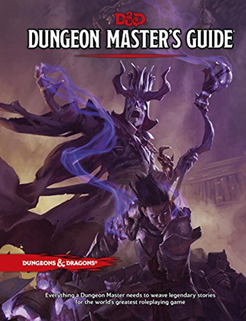 When you design a dungeon, do you put in rooms with no monsters or traps? I do. Apart from anything else, they provide space that prevent every monster in the dungeon learning that there are adventurers present and converging on them for one mass battle.
When you design a dungeon, do you put in rooms with no monsters or traps? I do. Apart from anything else, they provide space that prevent every monster in the dungeon learning that there are adventurers present and converging on them for one mass battle.
That’s amusing. But only once.
However, an empty room shouldn’t be entirely empty. Each “empty” room is the opportunity to add character to your dungeon. It allows you to give a glimpse into the history of the dungeon or the life of its inhabitants.
One of my early experiences with a completely dead room was in Mordenkainen’s Fantastic Adventure. Although it’s a dungeon with some brilliant encounters, it also has several rooms on the map with not even a key entry. There are no hints as to their appearance or what they were once used for. This, I found very disappointing.
I was running Cloud Giant’s Bargain by Teos Abadia yesterday. Fascinating adventure; many brilliant sections. Every room has a purpose. However, I found myself struggling when the players walked into yet another barracks. What distinguished it from the other barracks? Or, indeed, any barracks anywhere?
We occasionally talk about designing One Unique Thing for characters – it’s a central part of the excellent 13th Age RPG. I wonder if it shouldn’t also be applied to dungeon design.
Give each otherwise “empty” room a role (e.g. barracks, deserted kitchen) and one unique thing (e.g. graffiti conversations between two orcish lovers, a skull with the teeth removed, or a book detailing this history of spoons in architecture). If the unique thing helps progress the story of your adventure, all the better!
Now to see if I can implement this myself!

Empty rooms could also have clues to latter puzzles or hints as to ways of avoiding confrontations. A room which appears to just convey the atmosphere of the dungeon by what’s in it could actually have significant clues to latter encounters hidden within that atmosphere. Maybe a mural of dragons eating clouds. Latter in a slow crushing room trap there’s a opening with a dragons mouth painted around it…now if they could create some steam (perhaps by mixing spells or other stuff players tend to make up) and get the steam into the opening, it cancels the trap and opens the exit door (and if they don’t, they take a lot of damage before getting the exit door open, lol). What seemed like a whimsical detail and maybe just fluff proves to be a vital clue. What other details might prove vital latter? To the players it might imbue everything with potential significance.